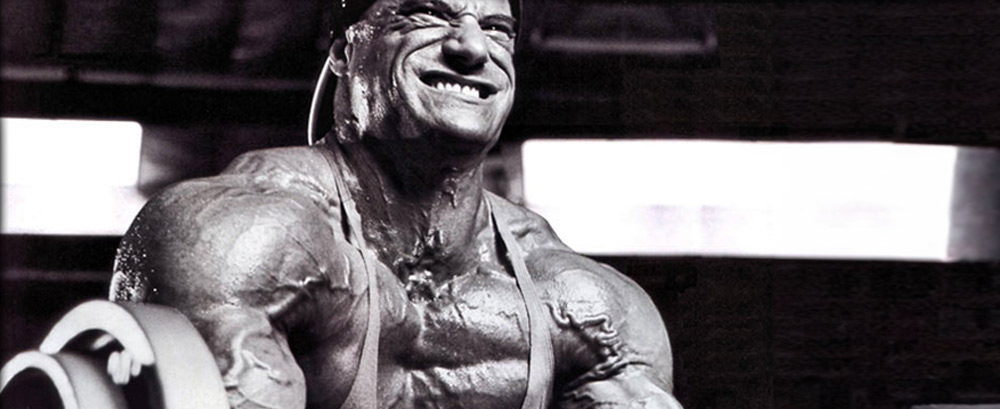Starlord
Level 5 Valued Member
So I have decided to start the year with OHP specialization.
Why?
Because the gym equipment I have access to will only allow 200kg of bumpers to be loaded up, so squats and deadlift specialization is not an option. Even with variations like the Bugenhagen deadlift.
I have recently stalled on the bench and the CGBP before that. My pecs are close to their previous size and strength levels. However I am lacking upper pec and delt separation.
So I am going to be prioritising the OHP to acheive this aesthetic and the best way to acheive sick aesthetics is to increase performance in a logical way to acheive said aesthetics.
So I will be performing OHP variations everyday for the next 6-8 weeks and then reviewing my progress. There will also be some upper back and rotator cuff work to prevent injury.
Question, how will you maintain your legs during this time? One of my variations of choice will be the barbell press cleaned from the floor. I will also be doing sand bag clean and presses too. In addition I will be maintaining my A+A KB Snatch sessions 4 times a week. I may lose a bit specific strength but that will come back quickly.
What am I expecting? First and foremost is my Press to increase. The strict press will be the primary metric for strength but all 4 variations will increase in weight used. Achieving the aforementioned aesthetical qualities. Greater abdominal development as ALL variations will be done standing (or maybe seated like Z press variations).
What are your thoughts?
Why?
Because the gym equipment I have access to will only allow 200kg of bumpers to be loaded up, so squats and deadlift specialization is not an option. Even with variations like the Bugenhagen deadlift.
I have recently stalled on the bench and the CGBP before that. My pecs are close to their previous size and strength levels. However I am lacking upper pec and delt separation.
So I am going to be prioritising the OHP to acheive this aesthetic and the best way to acheive sick aesthetics is to increase performance in a logical way to acheive said aesthetics.
So I will be performing OHP variations everyday for the next 6-8 weeks and then reviewing my progress. There will also be some upper back and rotator cuff work to prevent injury.
Question, how will you maintain your legs during this time? One of my variations of choice will be the barbell press cleaned from the floor. I will also be doing sand bag clean and presses too. In addition I will be maintaining my A+A KB Snatch sessions 4 times a week. I may lose a bit specific strength but that will come back quickly.
What am I expecting? First and foremost is my Press to increase. The strict press will be the primary metric for strength but all 4 variations will increase in weight used. Achieving the aforementioned aesthetical qualities. Greater abdominal development as ALL variations will be done standing (or maybe seated like Z press variations).
What are your thoughts?


